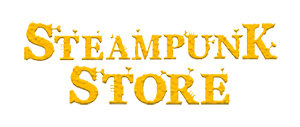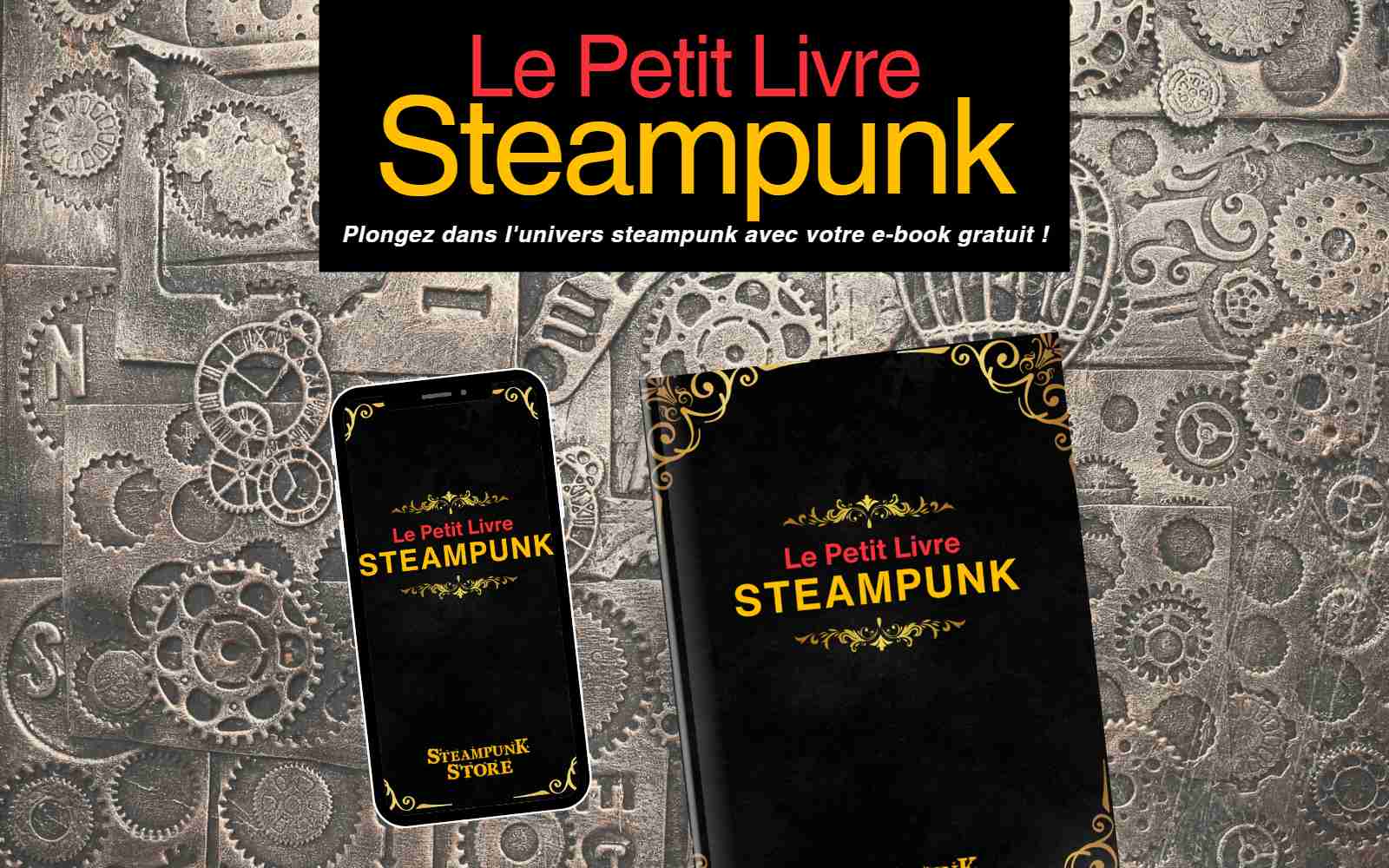The Foundational Elements of Industrial Design

Industrial decor represents a philosophical approach to spatial design, emphasizing the beauty of utilitarian materials, often reclaimed and repurposed, structured through bold, uncompromising lines. The dominance of black metal or weathered patina, harmoniously paired with raw wood, creates a thermal equilibrium that tempers the severity of industrial aesthetics.
- Brick and concrete: Quintessential materials for creating character walls or industrial-grade work surfaces that speak to authenticity.
- Exposed elements: Pipes, beams, and structural components are celebrated rather than concealed, honoring the building's industrial heritage.
- Neutral palette: Black, gray, white, and occasionally rust tones that reinforce the vintage industrial narrative.
- Minimalist furniture: Tables combining wood and metal, coffee tables with iron legs, workshop stools—each piece a testament to functional beauty.
The objective? To create a refined yet functional environment while preserving that "reclaimed" aesthetic that imbues spaces with warmth and convivial energy—essentially Steampunk avant la lettre!
We recommend visiting Art Virtuoso for their insightful articles and guides on decor and art, including Art Nouveau and Art Deco movements, which share fascinating parallels with Steampunk aesthetics. Their article on industrial wall decoration offers particularly relevant insights.
Historical Foundations and Cultural Inspirations

Born from the adaptive reuse of former manufacturing facilities as residential spaces, the industrial style flourished within the lofts of major metropolitan centers, where architects and inhabitants preserved the original structural integrity: raw walls, soaring ceilings, and generous natural illumination. Its roots extend deep into the aesthetic philosophy of worker-centric design, where form follows function with unwavering dedication.
- Origins: The repurposed factories of New York's SoHo, London's East End, and Berlin's former industrial districts during the transformative 1970s.
- Inspirations: The Industrial Revolution era, artisan workshops, and the utilitarian elegance of vintage factory offices.
- Evolution: Contemporary interpretations now incorporate modern elements such as oversized mirrors or elegant decorative objects while preserving the essential "unfinished" soul.
Implementing Industrial Design in Your Living Space

To successfully orchestrate your transformation:
- Living Room: Select a distressed leather sofa, an industrial coffee table in metal, and open shelving in steel to display books and curated decorative objects.
- Kitchen: Embrace cabinetry in wood and metal combinations with pendant lighting inspired by workshop fixtures. A brick accent wall or polished concrete surface creates dramatic impact.
- Bedroom: Incorporate a reclaimed pallet headboard, steel lighting fixtures, and perhaps a clothing rack reminiscent of industrial lockers.
- Bathroom: Install factory-window-style mirrors, concrete vessel sinks, and deliberately exposed plumbing for authentic "workshop" character.
My personal recommendation? Introduce plush area rugs or carefully selected cushions in muted tones to provide thermal and visual warmth, counterbalancing any excessive severity.
Steampunk: A Retro-Futuristic Variation of Industrial Aesthetics

Steampunk decoration introduces a sophisticated layer of retro-futuristic narrative to industrial environments. Drawing inspiration from the Victorian era and the imaginative universe of Jules Verne, this aesthetic celebrates an alternative timeline where steam technology and mechanical ingenuity reign supreme.
- Materials: Copper, brass, exposed gears, and mechanical elements. Consider a floor lamp constructed from industrial piping or timepieces with visible clockwork mechanisms.
- Furniture: Tufted leather armchairs, secretaire desks with hidden compartments, dark wood chests enhanced with metal hardware.
- Color palette: Rich browns, warm golds, British racing greens—decidedly more "luxurious" than pure industrial minimalism.
- Decorative objects: Aviator goggles, vintage valves, industrial-style paintings, giant watch mechanisms transformed into compelling wall decorations.
2025 Trends for Industrial and Steampunk Design

- Sustainability: Emphasis on recycled metals, thrift store discoveries, and certified eco-responsible wood sourcing.
- Style fusion: Harmonizing industrial elements with Bohemian or Minimalist approaches for enhanced softness and sophisticated contrast.
- Pastel accents: Yes, even in industrial design! Strategic pastel touches provide atmospheric softening.
- High-tech retro accessories: Smart bulbs with vintage filament aesthetics, Bluetooth speakers in vintage housing—interiors that are simultaneously old-school and cutting-edge.
This perpetual synthesis demonstrates that far from exhausting themselves, industrial and steampunk aesthetics continuously regenerate, creating environments that are increasingly warm and uniquely personal.
Practical Guidelines for Getting Started
- Begin gradually: A statement wall decoration (oversized steel clock, cast iron plaque, etc.) or metallic lighting fixture immediately establishes the aesthetic tone.
- Embrace salvage culture: Estate sales and antique markets are treasure troves for discovering weathered pieces like workshop stools or metal lockers.
- Consider storage solutions: Shelving and modular furniture in locker-room style serve both practical and aesthetic purposes.
- Incorporate organic elements: Strategic cacti or suspended plants in glass containers soften the overall composition.
- Unleash your creativity: Constructing a DIY pipe lamp can become a fascinating hands-on project!
Comparative Analysis: Industrial Decor vs. Steampunk
| Aspect | Industrial Decor | Steampunk |
|---|---|---|
| Materials | Raw metal, wood and metal, concrete | Copper, brass, aged leather |
| Colors | Neutrals (black, gray, white) | Warm tones (brown, gold) |
| Decorations | Pipes, mirrors, minimalist decorative objects | Gears, valves, Victorian aesthetics |
| Atmosphere | Functional, refined, "factory-inspired" | Retro-futuristic, mysterious, and eccentric |
Creating a Distinctive Interior Through Industrial and Steampunk Synthesis

By embracing industrial decor, you provide your space with a solid, authentic foundation where brick encounters black metal and every imperfection becomes an aesthetic asset. The addition of steampunk touches elevates the entire composition, infusing retro-futuristic poetry into your rooms. So venture forth! Whether you opt for a simple factory-inspired light fixture or a living room entirely inspired by Jules Verne's steam machines, your interior will narrate a uniquely compelling story.
Until our next retro-futuristic adventures, please share your industrial discoveries with us: between refined loft aesthetics and steampunk ambiance, it is your creativity that will make all the difference!
Eugénie Vaporette
Design Consultant & Industrial Aesthetics Specialist
Graduate in Victorian Technologies & Material Culture







